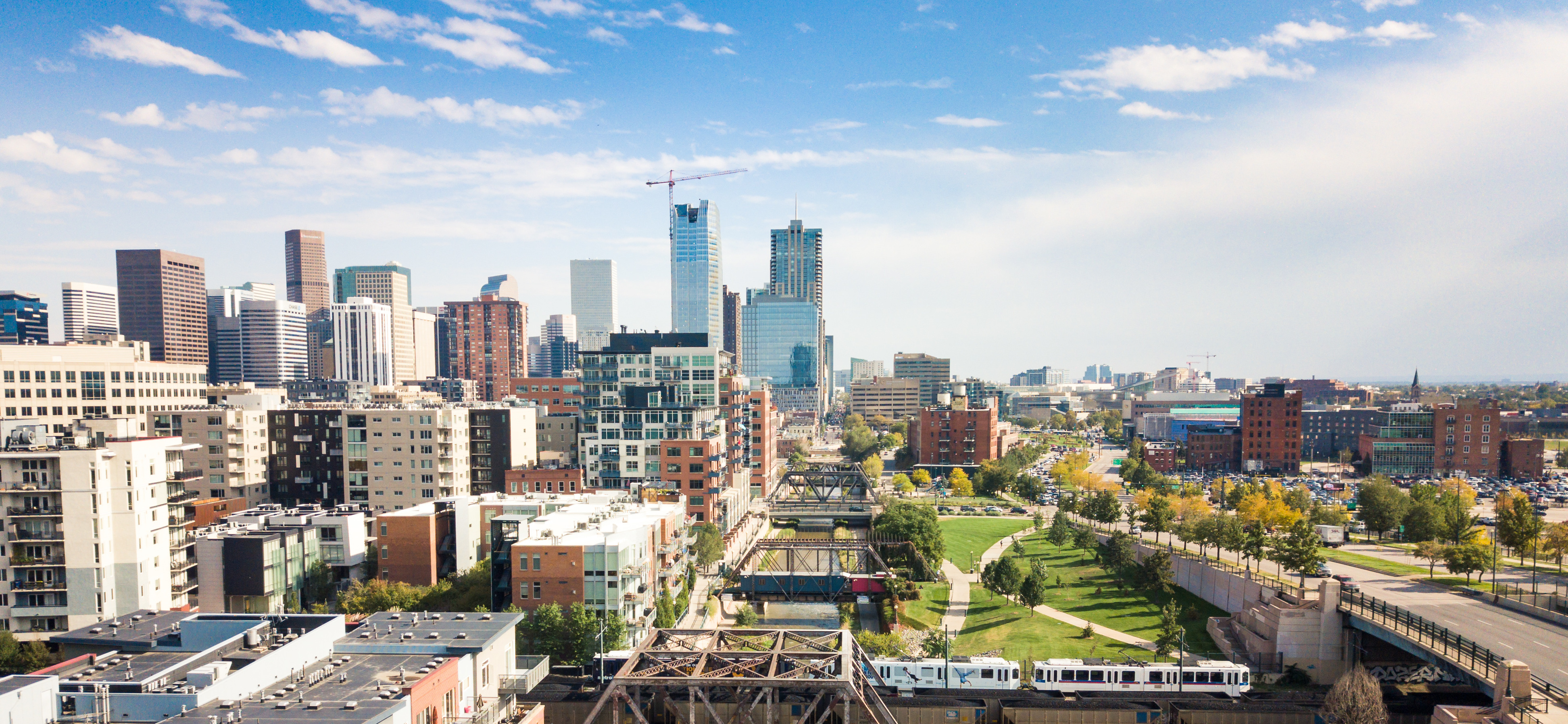Limiting New Construction Will Reverse Progress in Affordable Housing
The record-breaking amount of new apartment construction in the last several years has yielded exactly what economists would predict: rent growth has fallen from double digit highs earlier this decade to below the rate of inflation over the last 12 months. You read that right: average rents are more affordable today than they were a year ago.
According to the most recent Denver Metro Area Apartment Vacancy and Rent Report published by the Apartment Association of Metro Denver and conducted by the University of Denver, rents have risen 2.4% from a year ago while overall inflation rose 2.7%. Better still for prospective renters, concessions and discounts in rent - such as one month free for a 12-month lease - also increased from 5.4% in the first quarter of the year to 5.7% this past quarter, saving renters an additional $87 per month on average. This is all welcome news for renters who have felt the squeeze from Denver’s lack of housing supply.
While these numbers are encouraging, vacancy remains low across the metro area. This means Denver has few empty apartments for the 42,000 current Denver-metro residents that the Colorado State Demography Office estimates will turn 18-years-old in the next year. These high school graduates will be joined by the steady stream of college graduates as well as people moving here from other cities – all of which will need housing.
Denver is building homes for those groups and many others, but not fast enough. In the first half of this decade, as the economy struggled out of the great recession, Denver built only 16,817 new apartments; so far in the second half of the decade we’ve already built 47,589 new apartments increasing our apartment inventory by an average of 3.2% per year.
In addition to strengthening Denver’s economy by providing high-paying jobs, the construction of so much new housing has put downward pressure on rents and kept average rent increases over the last year below the rate of inflation. Unfortunately, growing frustration with traffic and the pace of development has led some cities – most recently Lakewood – to place an arbitrary cap on new home construction. These polices threaten the progress Denver has made in affordable housing.
Capping residential construction significantly hinders a city’s ability to bring sufficient housing supply into communities where demand is already high. Last year alone, Jefferson County’s housing needs yielded a 6.5 percent increase in the number of new apartments. A one-percent cap will therefore almost certainly result in the construction of fewer new homes than would have been built without the cap. As we saw in the first half of this decade in both the rental and for sale markets, lack of new supply in the face of increasing demand drives housing prices up. And, with or without caps on new home construction, demand for housing is increasing.
State Demographer Elizabeth Garner estimates that Colorado’s robust job market will draw an additional 2.4 million residents to the state by 2050. How the population growth will affect housing costs depends on how much new supply Denver builds.
If Denver fails to build enough housing, Denver residents will once again find themselves in frenzied bidding wars against newcomers to the city as well as succeeding waves of native high school and college graduates vying for the limited supply of homes. And those bidding wars will push housing prices up. A damaging ballot initiative was recently introduced that would cap new home construction at one percent of the existing housing stock in the 11 front range counties: Broomfield, Denver, Adams, Arapahoe, Boulder, Douglas, Elbert, El Paso, Jefferson, Larimer, and Weld. The new home construction cap would be fixed at 1% for 2021 and 2022 and could only be modified thereafter by another vote.
To be clear: this ballot initiative does not limit the number of people being born, turning eighteen, or moving to the state; it only limits the number of homes over which everyone in the housing market must compete. If this policy drives housing prices up as economists predict it will, reversing it will nonetheless be a long and expensive process involving a second referendum – and all the while Denver residents will have to endure an excruciating housing shortage.
It’s not too late to avoid this outcome.
As Denver’s residential construction industry continues to pour new supply into the market, renters will continue to see more rental housing options at every income level. It is imperative that our state allow the market to work and avoid making decisions that will negatively distort the rental housing markets in their communities. There is a great need for more housing for every income level in Denver. Communities must work together to ensure that Denver residents – current and future - have an abundance of housing options.

